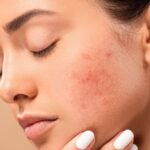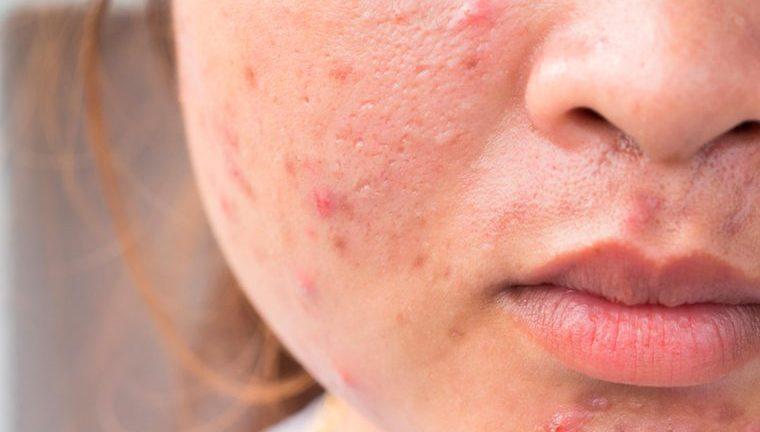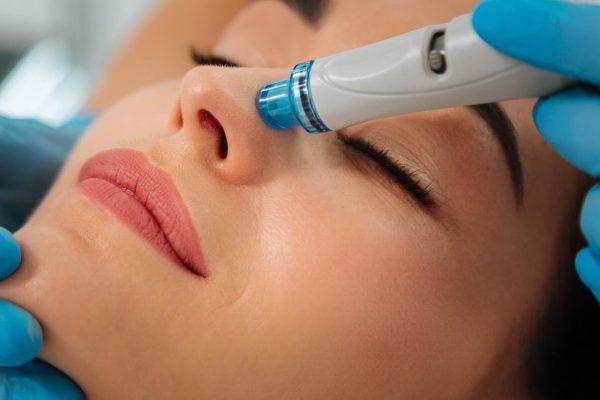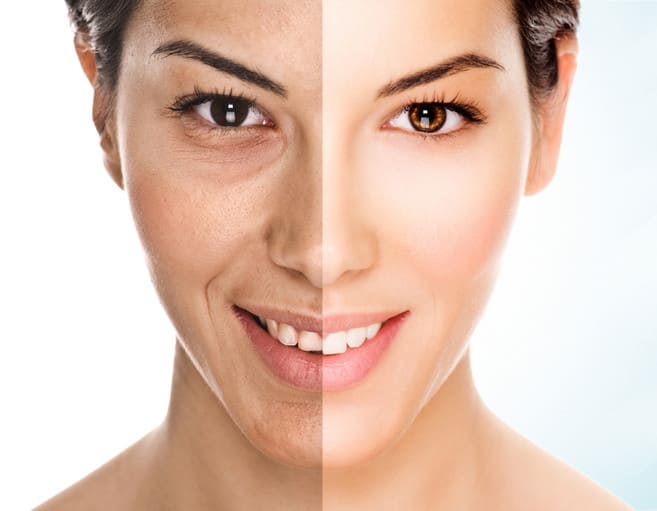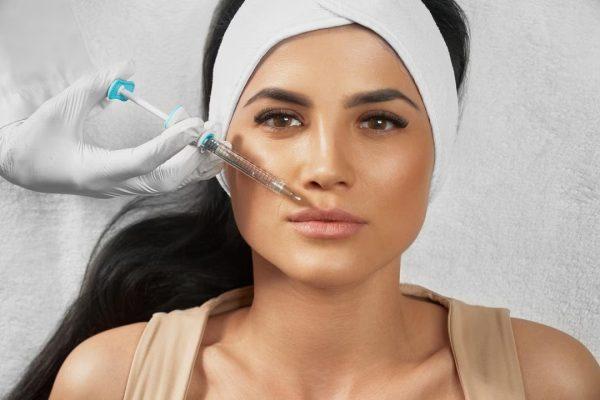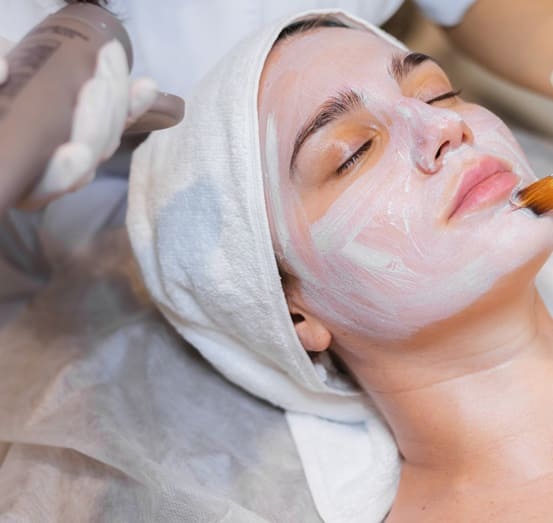Anyone who has suffered from acne/pimples knows the frustration of having acne scars on their face. everyone has probably dealt with whiteheads, blackheads, pimples, and other forms of acne in their life. Most of the time acne comes and goes without any long–term effects if treated immediately. However, some forms of acne can leave behind persistent, obvious scars that can affect both appearance and self–confidence. Here is the solution to the problem. if you want to treat acne scars, Check for acne scar treatments that work.
What causes Acne Scars?
Acne Scars can appear due to damage caused by persistent acne. Acne develops when your skin’s hair follicles, or pores, become clogged with either sebum, dead skin cells, or a combination of these two substances. When acne occurs deep in your skin, it can damage the skin and surrounding tissue due there is loss of collagen. Sometimes body repairs the skin by producing too little or slightly too much collagen, resulting in a scar that does not quite match the surrounding skin.
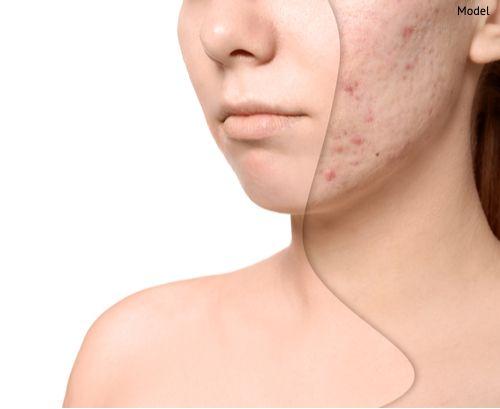
What are the types of Acne Scars?
- Ice prick scars are deep and narrow, measuring < 2cm across and having a V- like shape. These scars are most commonly seen on the forehead and cheeks, where the skin is relatively thin.
- Box scars are wide and shallow, measuring 1.5mm to 4 mm across and they can be round or oval in shape with sharp edges that differentiate them from the rest of the skin.
- Rolling scars are wide and shallow, with smooth edges that create the impression of rolling and uneven skin. Commonly seen on the jaw and lower cheeks.
- Hypertrophic scar or keloid scars raised above the skin, commonly seen over the chest, back, shoulders, and jawline.
What are the treatments for Acne Scar Removal?
- Chemical Peels: The treatment involves using a chemical solution application over the skin that helps to remove the top layers of the skin and stimulate the growth of new skin. Commonly used peels are glycolic, salicylic, and retinol.
- TCA CROSS: commonly used for iceprick scars. it causes coagulation of the skin proteins which helps in resurfacing of the skin.
- Dermabrasion: It is an exfoliating procedure in which a small pen-like device is used to strip away the outer layer of the skin.
- Laser Resurfacing: It is an FDA-approved procedure. Laser Skin Resurfacing is non-invasive, non-ablative fractional laser done by Erbium laser and CO2 laser. After the application of topical anesthesia for 45mins, laser rays are focused on the skin scars creating micro-injuries. These micro-injuries health by the production of new collagen. Used for treating box scars and rolling scars. A minimum of 6-8 sessions are required.
- MNRF: Micro Needling Radio Frequency available in both insulated and non insulated micro-needles to cause micro-injuries. The radiofrequency energy heats the deeper layers of the skin to increase collagen and elastin production. MNRF is mostly used for treating box and rolling scars. The advantage over the laser is there is no downtime or post-inflammatory hyperpigmentation post-procedure.
- Subscision: Its done in cases where the scars are adherent to the skin. Local anesthesia is given and with the help of 26G needle, the adhesions of the scar are separated from the underlying skin. Commonly used in box scars.
- Microneedling and PRP: Used in mild scarring. Sterile derma-roller is used to create micro-injuries/pores on which PRP is sprayed which helps in collagen production and wound healing.
- Dermal Fillers: Some cosmetic fillers are used to reduce the visibility of depressed scars. Dermal fillers are injected directly into the affected area to create smoother and even skin.
- Punch Excision: it involves physically removing the scarred skin with a kin punch. Commonly done in ice pricks scar.
- Punch Grafting: It involves removing the scar and replacing it with a new skin taken from elsewhere on the body. Commonly done on deep ice scars where all other conventional treatments fail to achieve desired results.
- Steroid Injections: Raised and hypertrophic or keloid scars are treated by giving intralesional corticosteroids. They help in the break down the bonds linking collagen fibers in the skin, causing the scar to shrink.
In conclusion
All the techniques which are described are most effective in treating all types of acne scars. But never forget, Scarring is preventable when acne treatment is done in the early stages, so never put off your acne therapy. the earlier it’s dealt with, the less likely to have acne scars. So prevention is the best and most effective form of treatment.
Get the best acne scar treatment. Consult FMS Skin & Hair Clinic. Top Best Skin Clinic in Hyderabad for Advanced Skin Care Treatments.
For Appointment Booking. Please call us or WhatsApp at 8885060760 Or Email Us at [email protected]

Author: Dr. Harika


